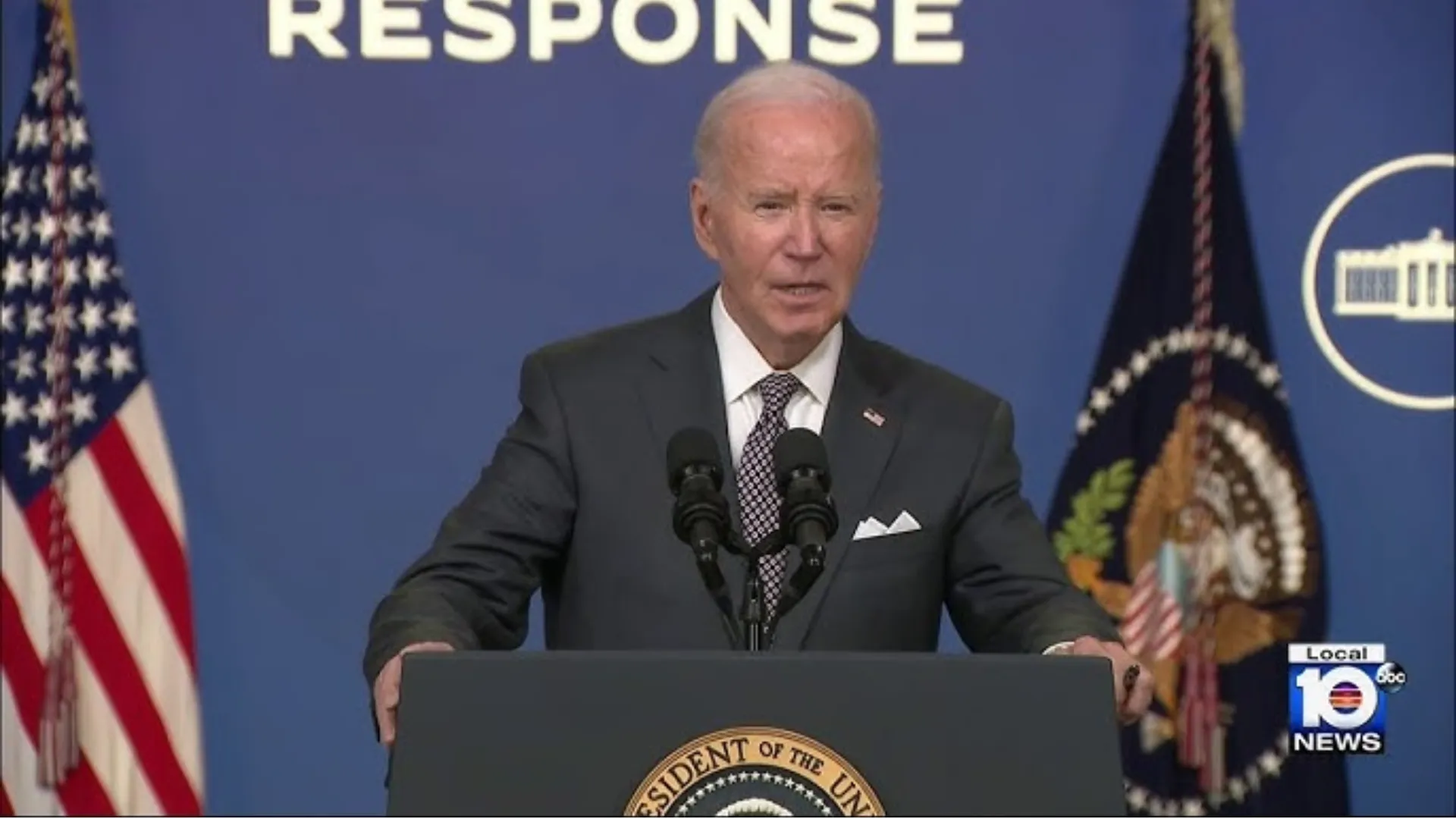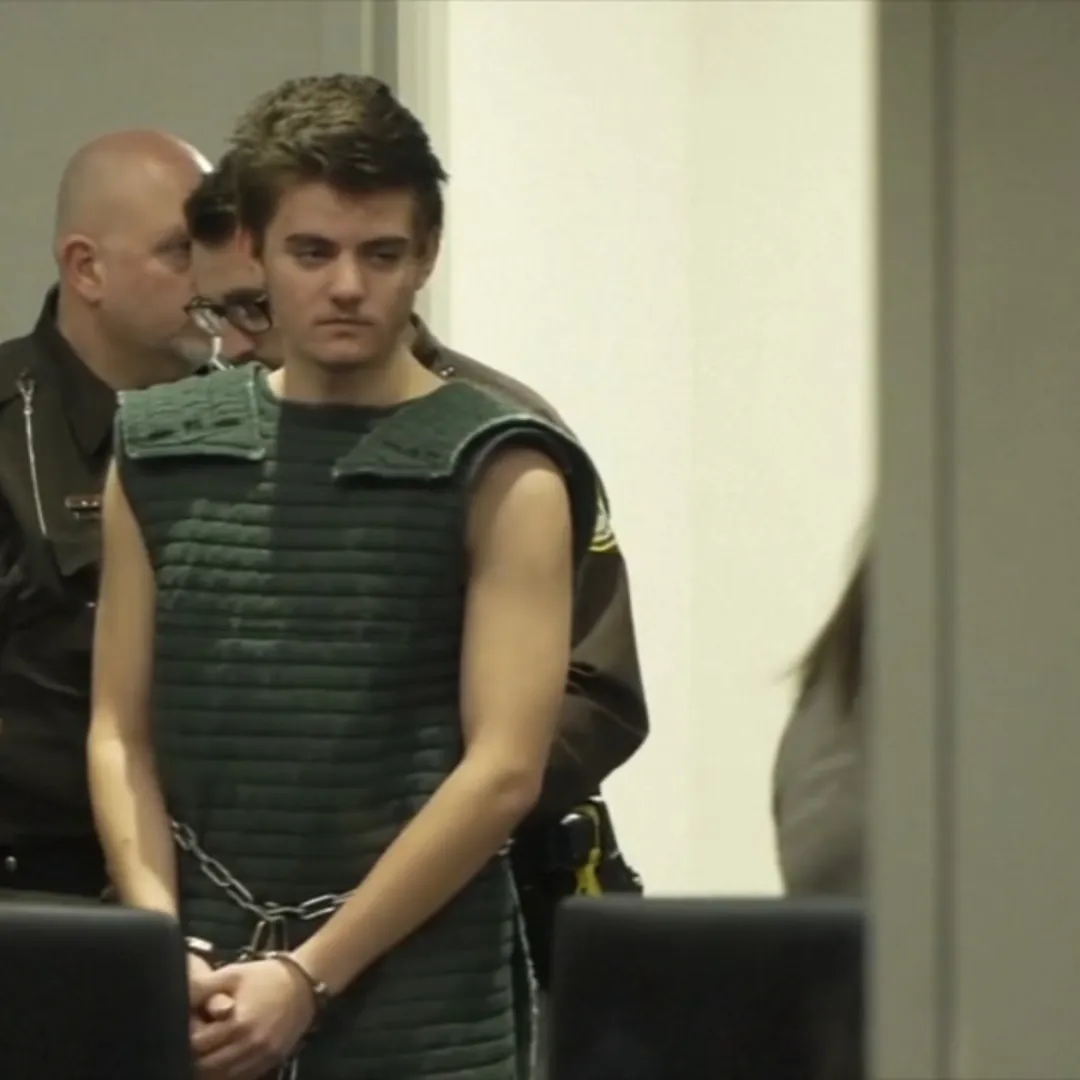
Ronald Reagan Washington National Airport in the U.S. remains one of the most challenging airports for commercial pilots due to its restricted airspace, high traffic volume, and constant helicopter activity. Even the most seasoned aviators must navigate a maze of dangers that make every landing and takeoff an exercise in precision and vigilance.
Ten years ago, commercial pilot Rick Redfern was preparing to land at the airport when he noticed a red U.S. Coast Guard helicopter hovering just 15 meters above the Potomac River.
Air traffic control promptly instructed the helicopter to clear the path, forcing Redfern to execute a last-minute evasive maneuver to prevent a collision. This occurred in daylight with clear visibility, yet such close calls are common occurrences.
"At night, it’s even worse. The lights can disorient pilots, and what they think they see isn’t necessarily what’s actually there," Redfern explained. His concerns materialized into a deadly reality on the night of January 29, when a PSA Airlines CRJ700 collided midair with a U.S. Army UH-60 helicopter while attempting to land. Officials later confirmed that all 64 passengers aboard the CRJ700 and the three military personnel in the UH-60 perished.
Covering nearly 300 hectares, the airport sits near the Potomac River, directly across from downtown Washington, D.C., and the Joint Base Anacostia-Bolling. Its proximity to Capitol Hill makes it a favored travel hub for American politicians.
Over the years, lawmakers have persistently pushed for increased flight access, leading to the U.S. Congress approving five additional routes last year to major cities like San Antonio, San Diego, Seattle, Las Vegas, and San Francisco.
However, its strategic location presents enormous risks for pilots. Aircraft arriving at the airport must strictly adhere to a narrow corridor to avoid restricted airspace surrounding critical government buildings, including the White House and the Pentagon.
These stringent regulations were imposed following the September 11, 2001, terrorist attacks and have remained a constant operational constraint for pilots.
Despite these challenges, Ronald Reagan Washington National Airport ranks among the busiest in the country. Although designed to accommodate 15 million passengers annually, it frequently operates at 150% of its intended capacity.

The airport features three runways, with the longest, Runway 01/19, extending just 2,100 meters. The other two, Runway 04/22 and Runway 15/33, measure 1,500 and 1,600 meters, respectively.
"The turn from the east bank of the Potomac onto Runway 33 is incredibly tight," Redfern noted, referring to the same runway the PSA Airlines CRJ700 was attempting to land on before its fatal collision. Even experienced pilots find landing here to be a demanding feat, requiring them to skillfully maneuver around military aircraft, commercial jets, and restricted zones.
Military helicopter activity over the Potomac River near the airport is an everyday occurrence, further complicating operations. A report from the U.S. Government Accountability Office revealed that between 2016 and 2019, there were roughly 88,000 military helicopter flights and 18,000 law enforcement flights within a 48-kilometer radius of the airport. Such figures highlight the immense air traffic congestion in the region.
The limited airspace around Ronald Reagan Washington National Airport makes landings a uniquely stressful experience.
Pilots often struggle with a lack of direct communication with military aircraft, which operate on separate radio frequencies. "You have to be constantly alert. There's little room for error, and the margin for miscommunication is razor-thin," one American pilot told Reuters.
To mitigate risks, pilots rely heavily on the Traffic Collision Avoidance System (TCAS). When aircraft come dangerously close, TCAS issues commands instructing pilots to climb, descend, or turn.
However, the system disengages below 330 meters to prevent unintended crashes into the ground, leaving pilots with little guidance during the most critical phase of landing. "There's just not enough space to maneuver below that altitude," aviation expert and former commercial pilot John Nance explained.
With TCAS ineffective at lower altitudes, responsibility falls entirely on air traffic controllers to maintain order and prevent accidents. Controllers frequently change landing runways for approaching aircraft, a practice that, while necessary, adds further difficulty for helicopter pilots attempting to anticipate flight paths.
"It’s like an orchestra that requires perfect synchronization between pilots and controllers. One misstep can be catastrophic," said Brad Bowman, a former U.S. Army pilot who once flew with the 12th Aviation Battalion, the same unit that operated the UH-60 involved in the January 29 tragedy.
A Reuters review of reported helicopter incidents at the airport found that pilots have repeatedly raised alarms about near-misses since the 1980s.
Data from the Aviation Safety Reporting System (ASRS) recorded 46 such incidents, 26 of which involved dangerously close encounters. "We've been shouting into the void for years that an accident was inevitable. The system is stretched far too thin," said Ross Aimer, a retired United Airlines captain.
The deadly January 29 crash served as a grim reminder of these warnings. Former National Guard pilot Darrell Feller recalled a personal experience a decade ago when he was flying a military helicopter over the Potomac River. Air traffic control warned him of an incoming commercial aircraft landing on Runway 33, a trajectory that would put it directly in his flight path.
Assessing the situation was no simple task. The aircraft’s lights blended with city lights and vehicle headlights from a nearby bridge, making it nearly impossible to identify. To avoid disaster, Feller descended to just 15 meters above the river, narrowly avoiding an unseen aircraft. "I lost sight of it in the city lights. It was one of the most terrifying moments of my career," he recounted.
Former pilot-turned-aviation lawyer Arthur Wolk echoed similar concerns, stating that pilots often struggle to distinguish approaching aircraft from other sources of illumination in the Washington, D.C., area. "You can’t always tell if the lights you see belong to a plane or something else entirely. The city is filled with millions of conflicting lights, which creates a serious hazard," he said.
The January 29 disaster—the worst aviation accident in the U.S. since 2001—has renewed calls for reforms to improve safety measures at Ronald Reagan Washington National Airport. Daniel Driscoll, the nominee for U.S. Secretary of the Army, acknowledged the issue on January 30, suggesting that the military reevaluate the locations of training flights near Washington’s airspace.

"This accident seemed preventable. We need to reconsider whether training flights should take place near an airport as busy as Ronald Reagan Washington," Driscoll said. His comments reflect a growing sentiment among aviation experts that action is necessary to reduce the risks posed by the airport’s congested airspace.
Aviation officials now face pressure to implement changes that could enhance safety at one of the most dangerous airports in the United States. "It’s remarkable how many flights have operated without incident, but when an accident like this happens, the systemic flaws become glaringly obvious," said Randy Babbitt, a former Federal Aviation Administration (FAA) official.
As the investigation into the January 29 crash continues, commercial pilots, aviation experts, and lawmakers alike remain engaged in urgent discussions about how to prevent another catastrophe. Whether through changes in flight procedures, adjustments to helicopter operations, or an overall reassessment of airspace management, the push for improved safety at Ronald Reagan Washington National Airport has never been stronger.



